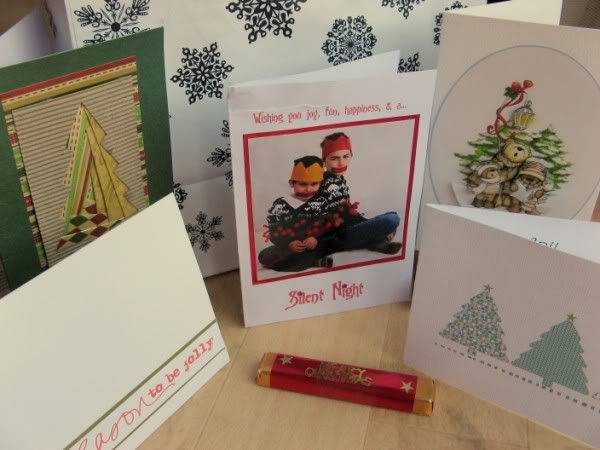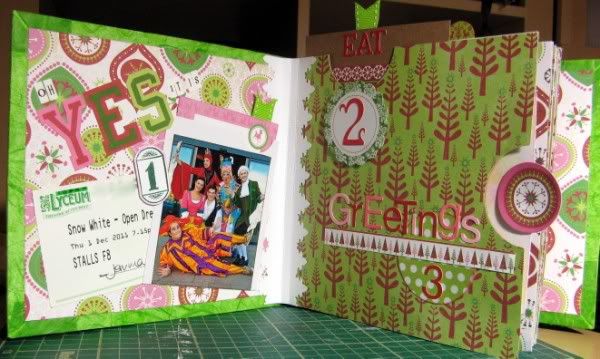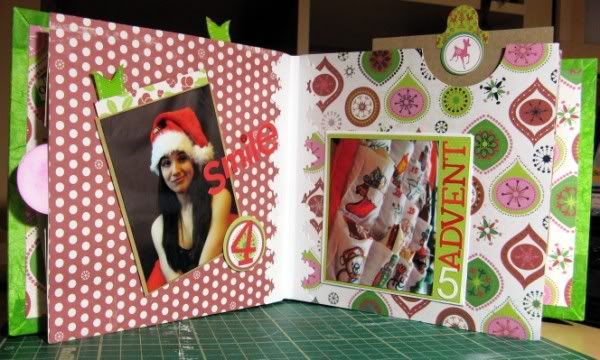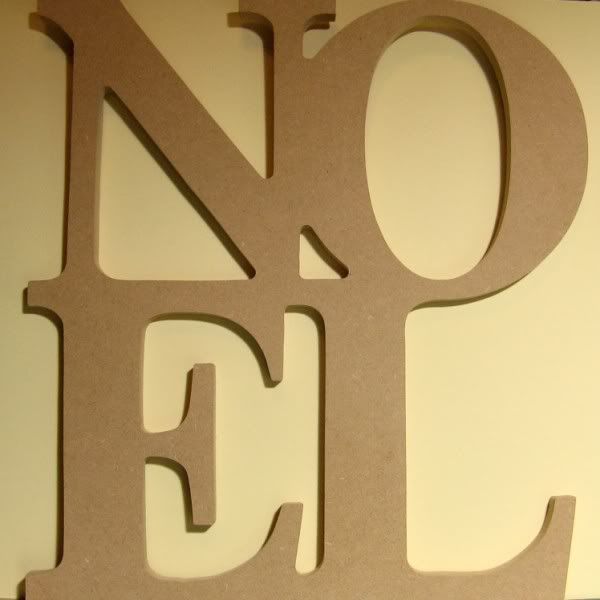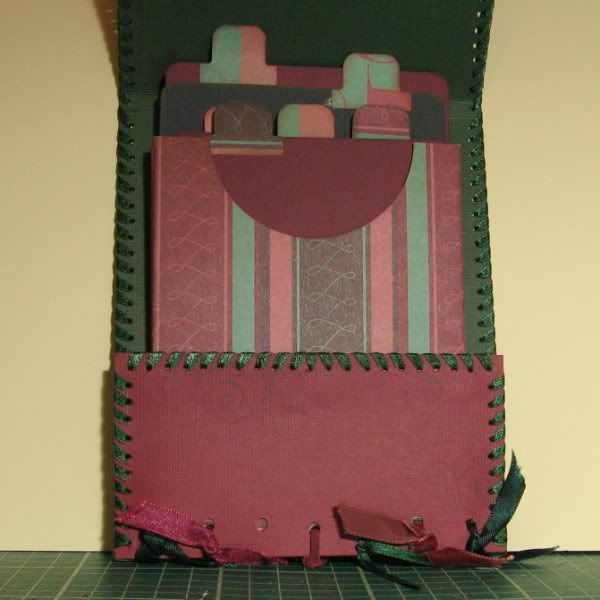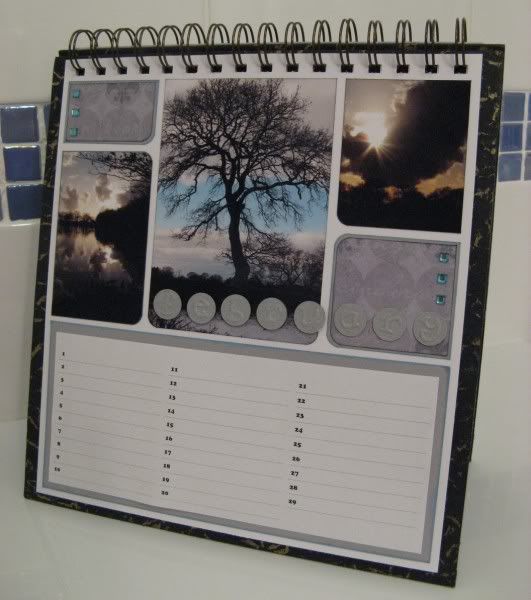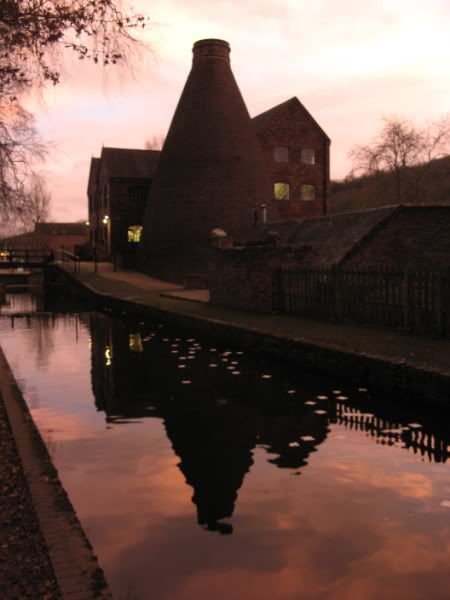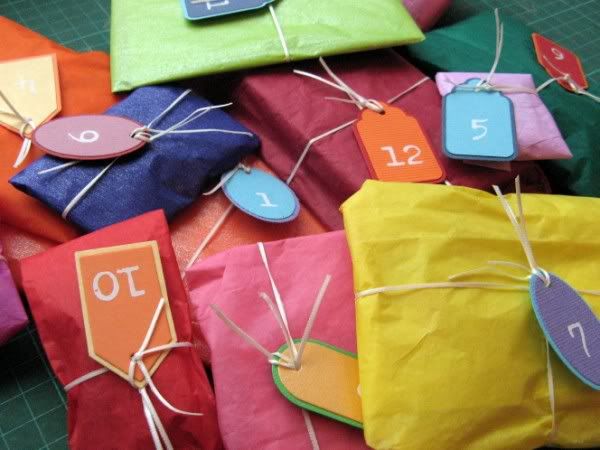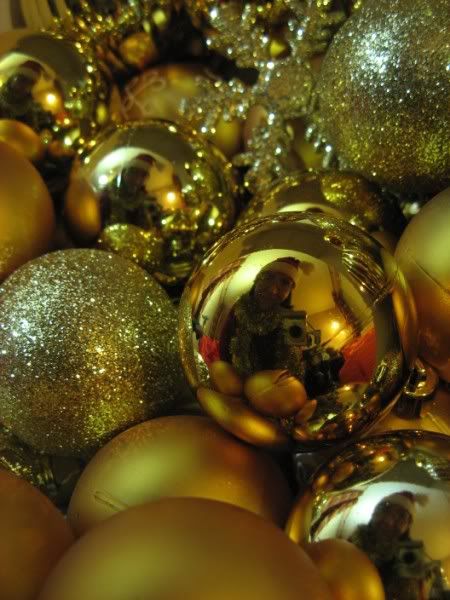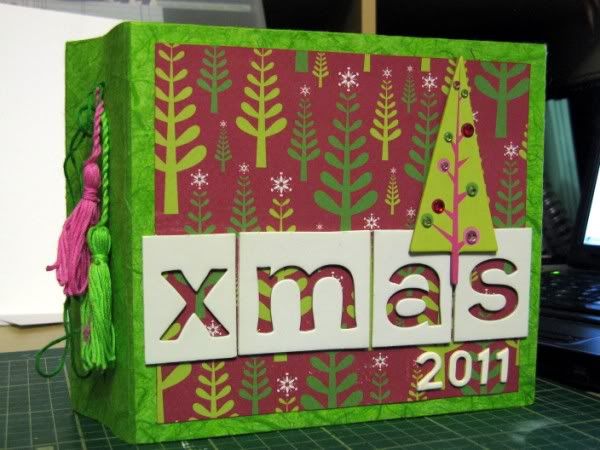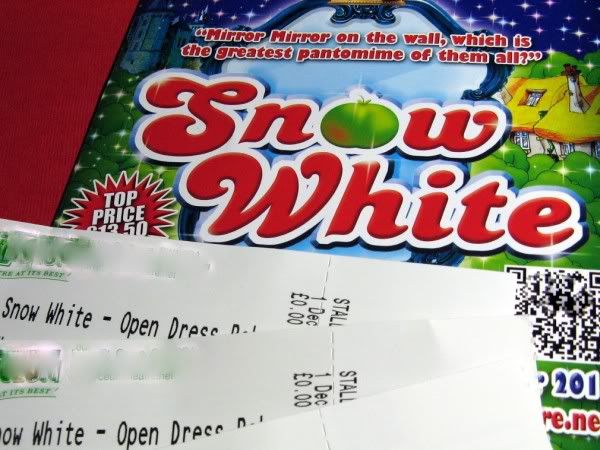Today it's my 2nd Guest Post over at the Counterfeit Kit Challenge Blog and it's all about saying "Thank you" - or rather it's about sending gratitude in a Thank You card! Over there I've shared some card inspiration to make things a little more interesting (without eating up too much of my/your precious time) - and I also linked from there back to here because I wanted to help make this card:
It's made using Tagxedo which regular readers will know that I love ... but if you have spent less time fiddling with it than I have, you may need some short-cuts to making a similar card (no point in re-inventing the wheel eh?!).
I loaded the following words:
merci danke~schön arigato tack~så~mycket muchas~graciasThe tilde (~) characters keeps associated words together and the text in red is the RGB code to make the word "thanks" appear in red! The 200 forces "thanks" to be the biggest word and the @0 apparently forces it to be horizontal (though I'm not convinced)!
спасибо dziękuję obrigado grazie toda~raba mahalo~nui~loa
kiitos bedankt ευχαριστίες takk diolch salamat
merci danke~schön arigato tack~så~mycket muchas~gracias
спасибо dziękuję obrigado grazie toda~raba mahalo~nui~loa
kiitos bedankt ευχαριστίες takk diolch salamat
merci danke~schön arigato tack~så~mycket muchas~gracias
спасибо dziękuję obrigado grazie toda~raba mahalo~nui~loa
kiitos bedankt ευχαριστίες takk diolch salamat
thanks:200:@0:#ff0000
All settings are the defaults apart from:
Respins:Hopefully these settings will help you get started - you can keep altering options until you see something you like and the History Option is worth looking at if you preferred an earlier version - just click on it to reload it. Have fun and THANK YOU for stopping by!
Theme = Shades of Grey
Font = Euphorogenic
Orientation = H/V
Options:
Shape = Heart (the 5th variation - above the 2nd horse!)
Word: (I wanted some repetition of words other than thanks)
Remove Common Words = No
Combine Related Words = No
Combine Identical Words = No
Layout:
Max Word Count = 50 (stops the words getting unreadably small)
Normalize Frequency = Yes (smooths out the variation in word frequencies between 3 & 200)
Hard Boundary = Yes (makes the shape seem more defined)





